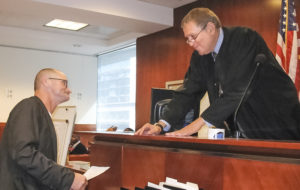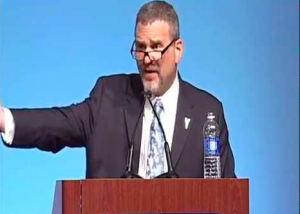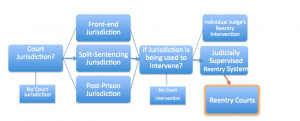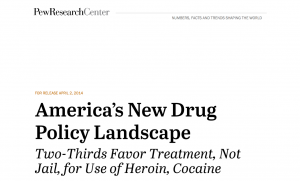Reprinted from January 2016
PARTS II: ARE GPS BRACELETS AN ACCEPTABLE ALTERNATIVE TO INCARCERATION?
This is an introduction to an issue which has been brewing within the criminal justice system, but only now is reaching the general public: What do GPS bracelets accomplish and should they be a mainstay of “alternatives to incarceration programs”.
One of the two biggest suppliers of GPS bracelets is the Private Prison Goliath, the GEO Group, which is positioning itself to survive any significant reduction in nationwide imprisonment (through its recentky acquired subsidiary, Behavioral Interventions).
For many politicians, GPS bracelets that provide the location of “supervised” individuals are the future of “alternatives to incarceration”. But many observers feel that an alternative to incarceration should have a substantial rehabilitation component, which GPS bracelets themselves do not provide. Civil libertarians argue that before GPS bracelets were available, an individual’s right to privacy was less likely to be compromised (making the point that the government is engaging in classic “net widening”; ultimately interfering in the lives of more individuals, and at a more intense level).
Many argue that leaving individuals in there own homes is no guarantee that criminal activity will not continue or that the individual may remove the device and walk away. My concern has been more limited, that in regards to drug use or sales, leaving an individual at home to use their drugs or supply others, is foolhardy (and certainly provided no incentive in itself to reduce or eliminate drug abuse).
[For a fuller description of the controversy surrounding the use of GPS bracelet devices, see the Daily Beast article, “Here’s what the World Will Look Like After Mass Incarceration”, by Sarah Shourd”.]
PART 1: PRISON CORPS. READYING SELVES TO PROVIDE “ALTERNATIVE TO PRISON”
There has been a recent outcry from politicians who have only recently joined the “Alternatives To Prison” Movement to close down existing private prisons. The call for closure is based on well-documented cases of abuse and neglect at the two major Private Prison Corporations, Corrections Corporation of America and the GEO Group.
While the call to close private prisons appears to be succeeding, private prison corporations are hardly closing up shop. They are merely moving on to greener pastures in the “Alternatives to Prison’ Reform Movement”.
In an article from Bloomberg Business, Matt Stroud describes “What Private Prisons Companies Have Done to Diversify in the Face of Sentencing Reform” Mr. Stroud’s answer is that they are investing in offender rehabilitation services or Alterenatices to Prison Programs. It seems ludicrous for these predator corporations to be making such a move, but it has already begun.
According to the Bloomberg article, “GEO Group in 2011, acquired Behavioral Interventions, the world’s largest producer of monitoring equipment for people awaiting trial or serving out probation or parole sentences. It followed GEO’s purchase in 2009 of Just Care, a medical and mental health service provider which bolstered its GEO Care business that provides services to government agencies. “Our commitment is to be the world’s leader in the delivery of offender rehabilitation and community reentry programs, which is in line with the increased emphasis on rehabilitation around the world,” said GEO chairman and founder George Zoley during a recent earnings call. Brian W. Ruttenbur, a managing director at CRT Capital Group’s research division, says that neither GEO or CCA will be significantly hurt by sentencing reform in the near future.”
One has to wonder what beneifits will befall our communities if these giant corporations are allowed to do business in what has traditionally been a relatively small scale community-run endeavor. As to whether state or local government will buy into the “Mass Alternative to Prison Industry, is yet to be determined.
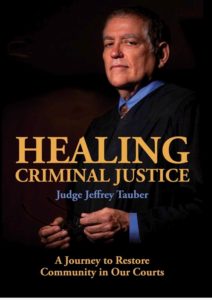 Healing Criminal Justice: a journey to Restore Community in Our Courts, is newly published , by Judge Jeffrey Tauber (free download on Amazon through 2020). It’s central theme is the rediscovery of the healing power of community within the criminal justice system. Judge Tauber lays out his vision of a future, in which society, recoiling from its overreliance on imprisonment, returns to its historic use of community to control criminal behavior.
Healing Criminal Justice: a journey to Restore Community in Our Courts, is newly published , by Judge Jeffrey Tauber (free download on Amazon through 2020). It’s central theme is the rediscovery of the healing power of community within the criminal justice system. Judge Tauber lays out his vision of a future, in which society, recoiling from its overreliance on imprisonment, returns to its historic use of community to control criminal behavior.


